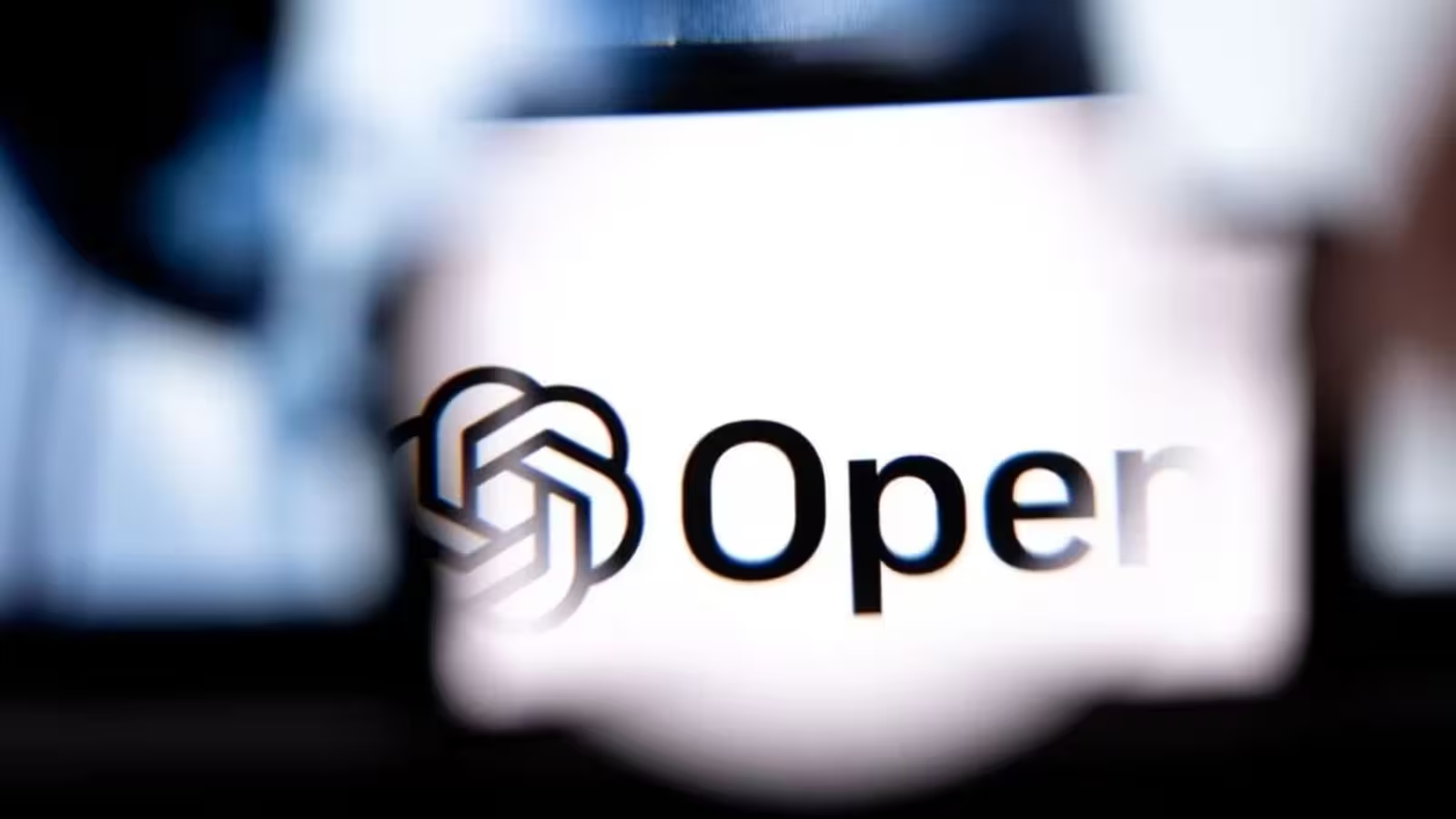4 Minutes
From Crisis to Comeback: OpenAI’s Turning Point
After a summer marked by headlines about talent raids, a lost acquisition and delayed releases, OpenAI appears to have regained momentum. The San Francisco-based developer of ChatGPT faced intense scrutiny in June and July: several top researchers were recruited away in a high-profile talent push by Meta, acquisition talks for AI-native data infrastructure startup Windsurf collapsed when Google closed the deal, and pressure from developers delayed OpenAI’s long-promised open-source models. Internally, leaked memos and an unprecedented company-wide break painted a picture of an organization under strain.
Strategic Moves: Open-Source Release and GPT-5 Launch
This week the narrative shifted. OpenAI first published its delayed open-source models, a move aimed at placating the developer community and reasserting influence in the open AI ecosystem. Days later it announced GPT-5 — presented as its most capable AI chatbot yet. These back-to-back releases have given OpenAI a fresh platform to control the story and showcase product innovation.
Product features: What GPT-5 brings
- Reduced hallucinations: GPT-5 is engineered to lower confidently wrong outputs through improved training and verification layers.
- Honest uncertainty: The model is designed to admit knowledge gaps by responding with “I don’t know” when appropriate, improving trustworthiness.
- Faster inference and higher accuracy: Latency and factual accuracy are emphasized, targeting real-world customer service and enterprise use.
- Nuanced conversational tone: Less corporate blandness, more context-aware responses tailored to user intent.
- Compatibility with open-source tooling: Integration with the newly released open models and developer workflows.
Comparisons: GPT-5 vs rivals
OpenAI positions GPT-5 against competitor models from Meta and other AI labs. Key differentiators the company cites include improved factual reliability, lower response latency and a design that prioritizes calibrated uncertainty over default verbosity. While independent benchmarks are still pending, the announcement signals OpenAI's intent to outpace rivals not just by funding and talent but by demonstrable product capability.
Advantages over the competition
- Reputation leverage: As the canonical home of ChatGPT, OpenAI benefits from broad platform adoption and a large developer base.
- Hybrid strategy: Combining open-source releases with proprietary model improvements helps balance community goodwill and commercial product differentiation.
- Talent retention incentives: Discussions about a large employee share sale valuing the company at roughly $500 billion are designed to create golden handcuffs and stem attrition.
Use Cases and Market Relevance
GPT-5’s improvements target multiple verticals: enterprise knowledge assistants, customer support automation, high-quality content generation, software development and debugging, and specialized research workflows that require precise answers. The open-source model release also accelerates innovation in academic research, startups and tooling for machine learning engineers who need adaptable, transparent models for custom applications.
Why this matters for the AI market
The week’s developments have wider implications for the AI industry: they shift competitive dynamics back to product performance and community engagement, rather than purely financial talent wars. By shipping both open-source models and an upgraded flagship chatbot, OpenAI is signaling that its strategy includes developer collaboration, model transparency, and commercial scalability — factors that influence enterprise adoption, cloud partnerships and investor sentiment.
The big question: comeback or temporary respite?
OpenAI’s announcements restored the spotlight to San Francisco and reminded the market that innovation can counterbalance recruitment battles and headline setbacks. However, the AI landscape moves fast: independent evaluations of GPT-5’s claims, ongoing talent competition with companies like Meta and Google, and long-term governance questions around open models will determine whether this week marks a sustainable recovery or a short-lived reprieve.
For technology leaders and AI practitioners, the lesson is clear: access to better models and transparent tooling will shape the next phase of product development. Whether GPT-5 becomes the trustable AI assistant OpenAI promises depends on rigorous third-party testing, deployment at scale, and how effectively the company manages engineering talent and community expectations.
Source: gizmodo


Leave a Comment